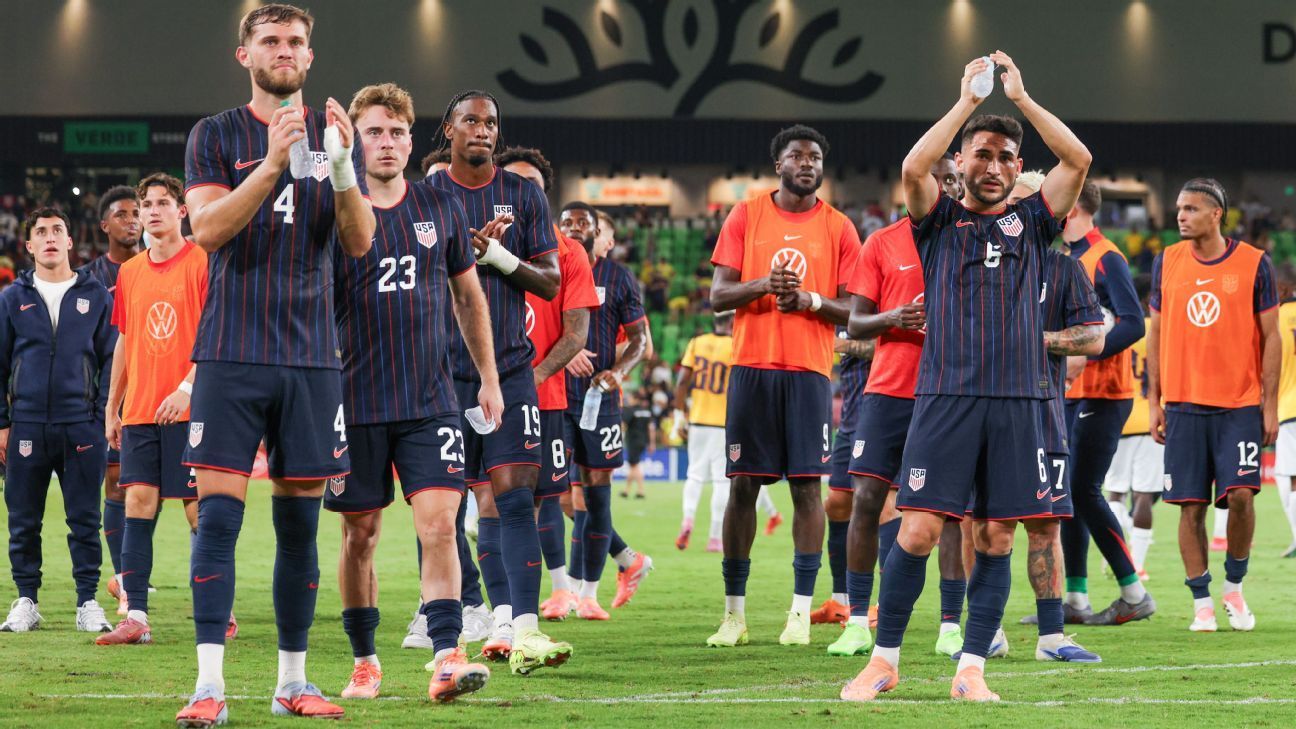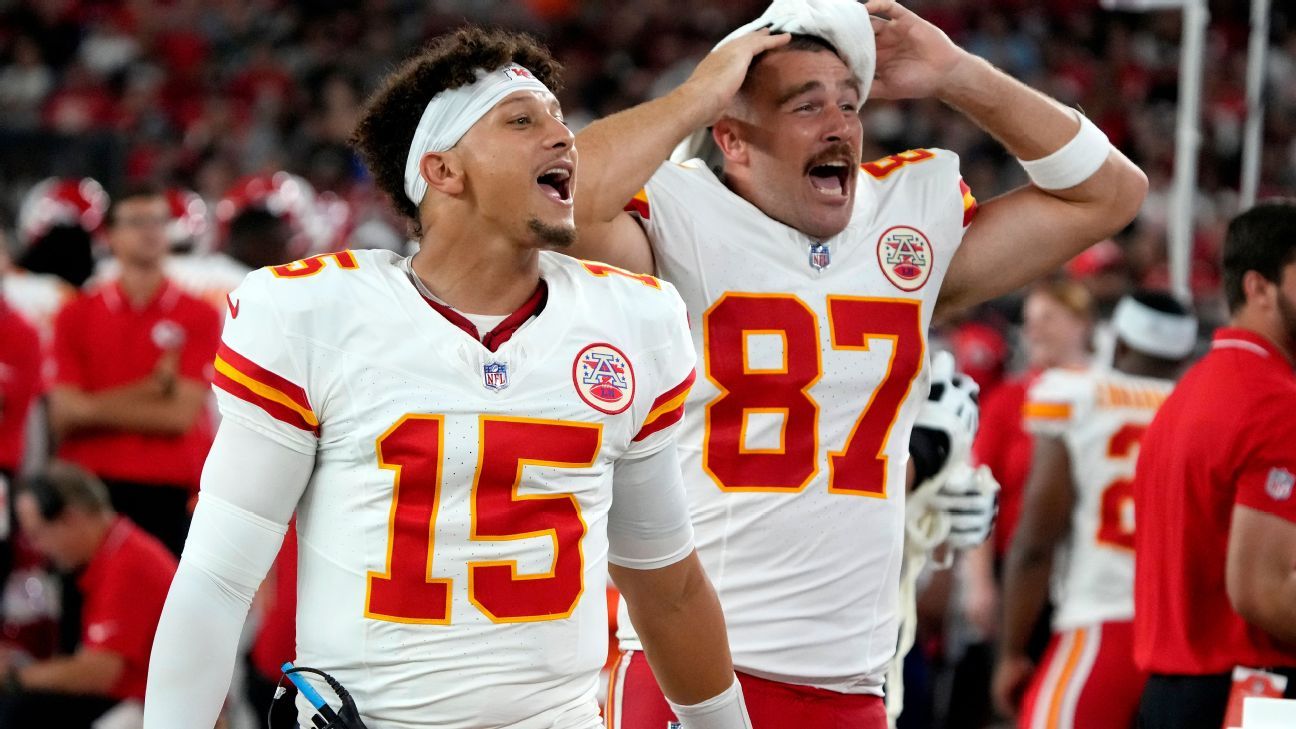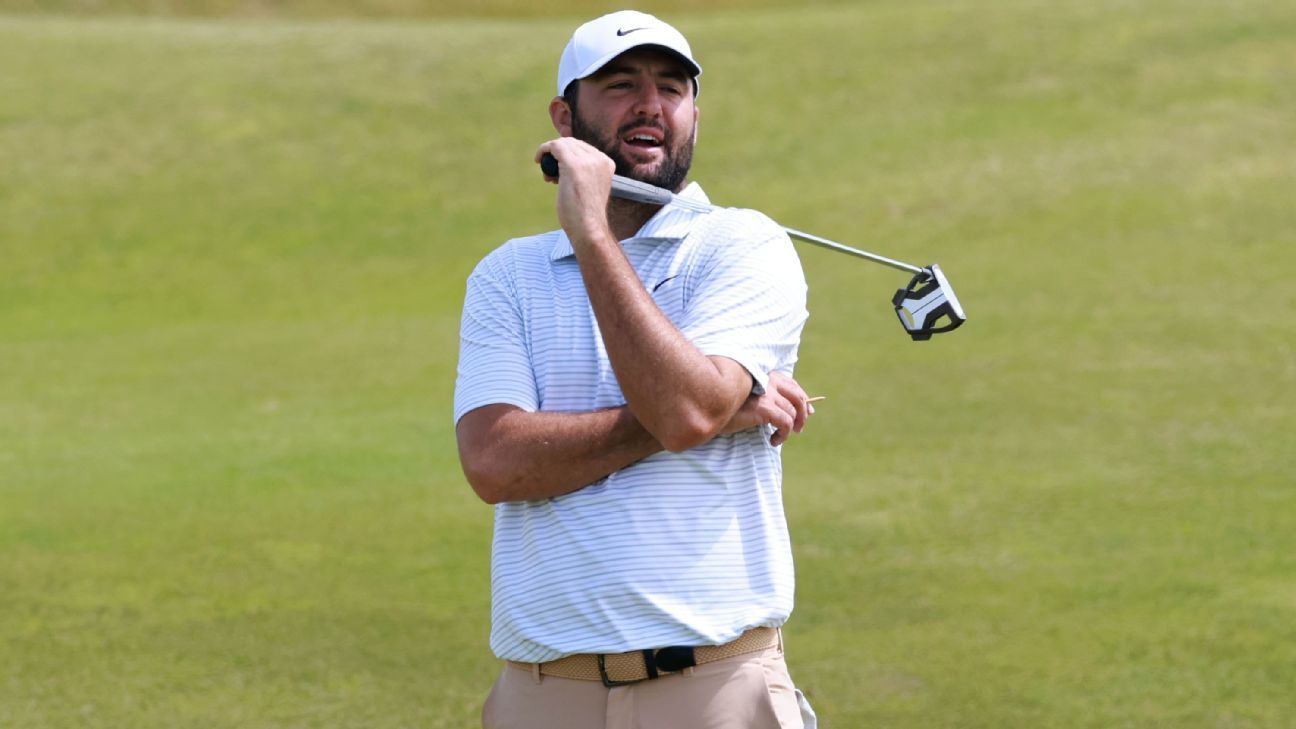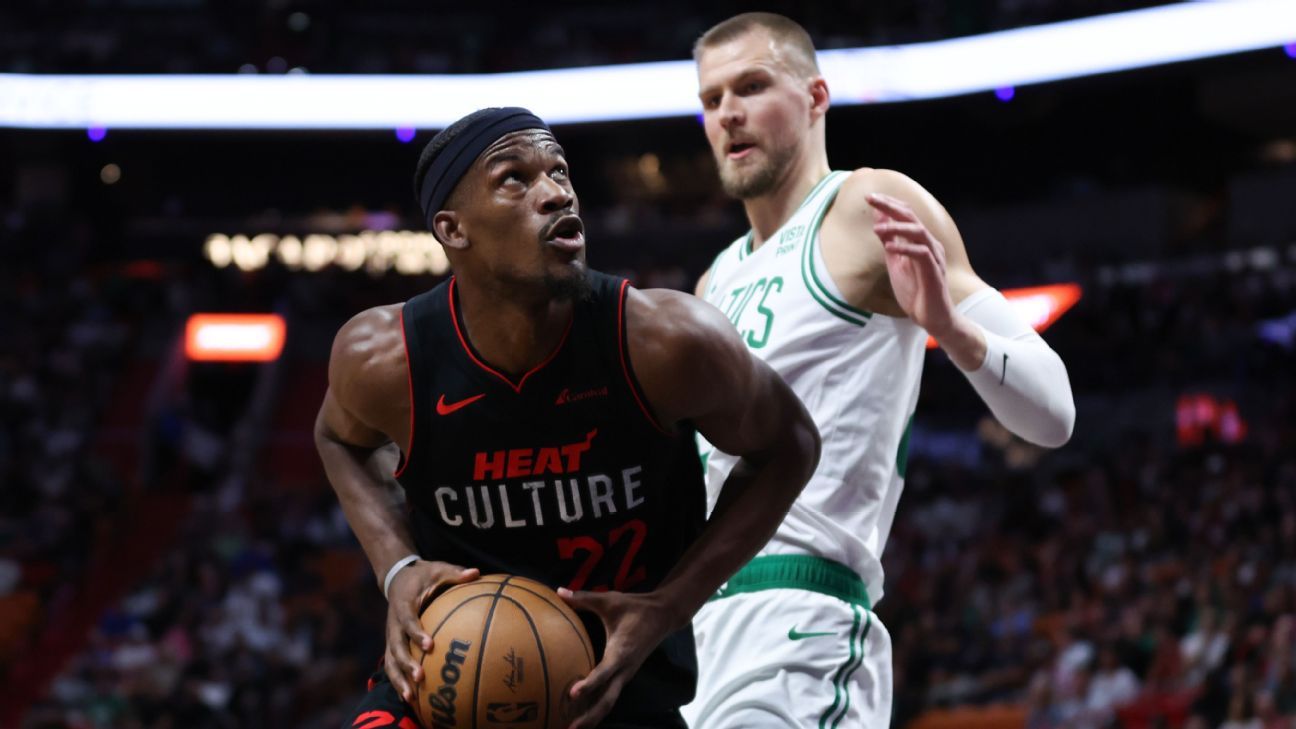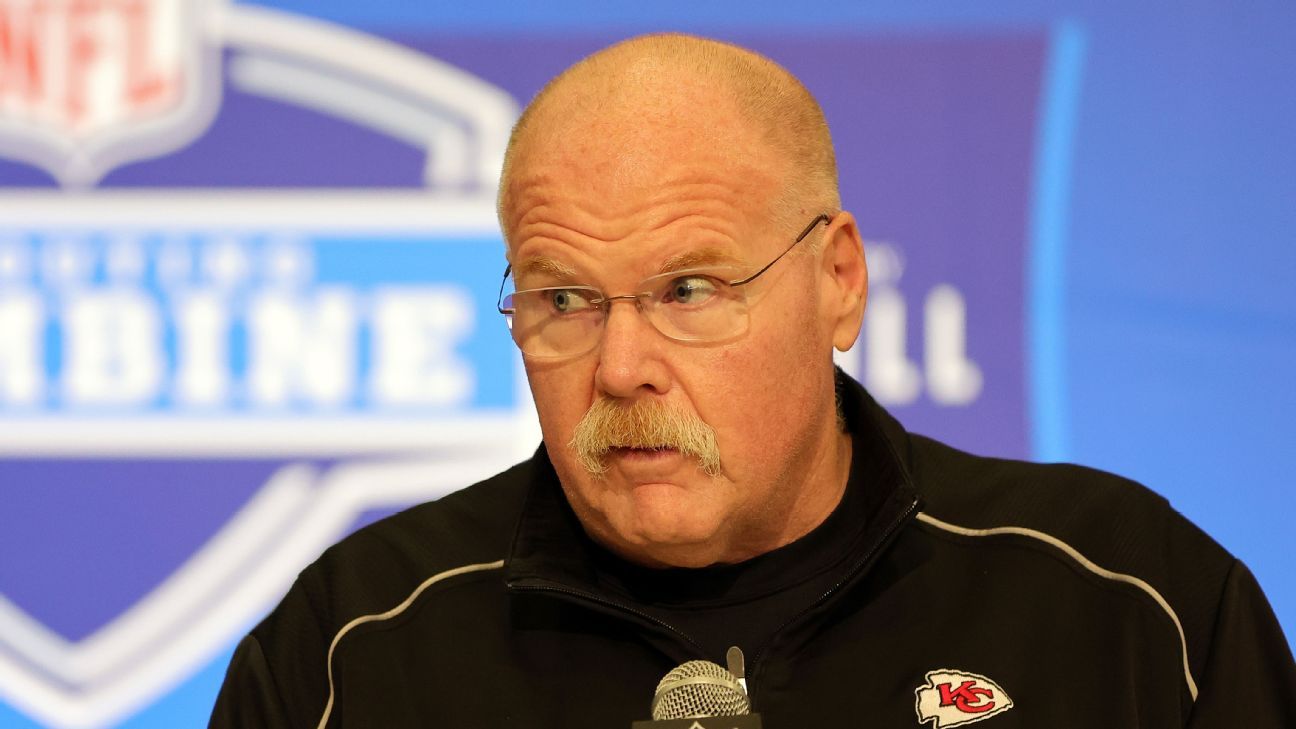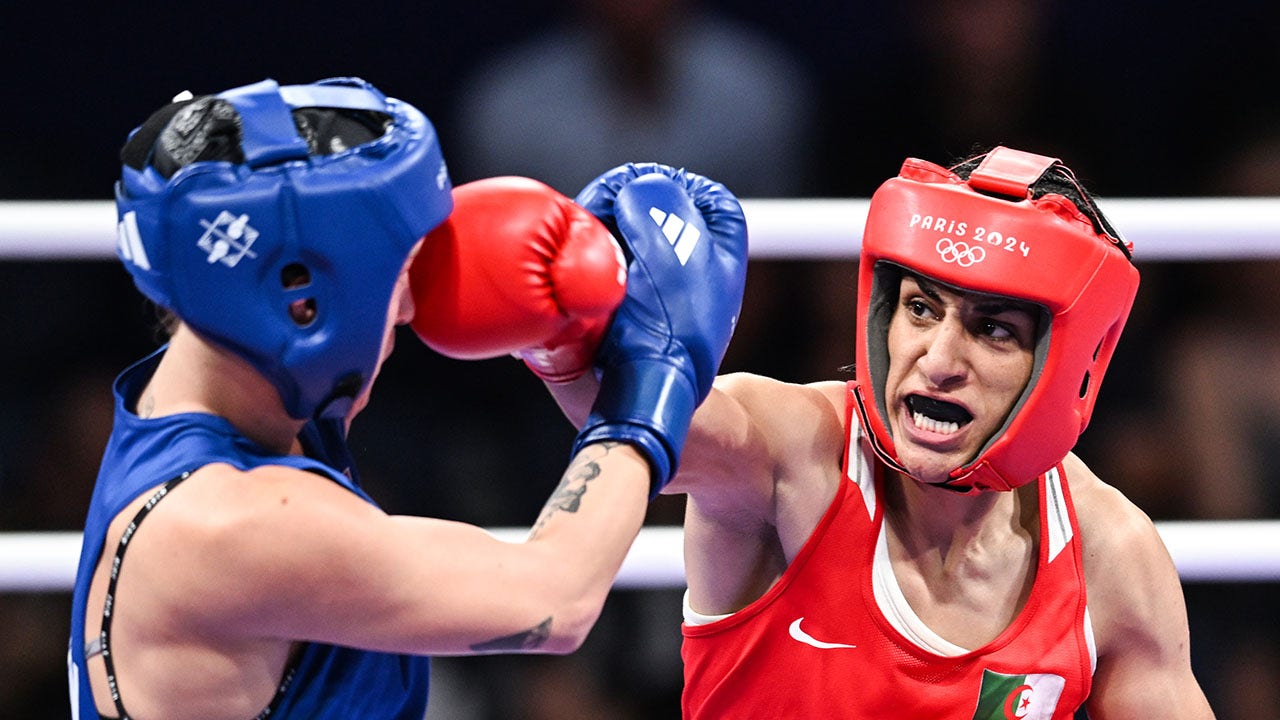AUSTIN, Texas — At first glance, the term “tale of two halves” doesn't seem appropriate to describe Friday's 1-1 draw between the United States men's national team and Ecuador. The United States had a considerable possession advantage throughout, created good opportunities and dominated. The Tri for long stretches. But seen from a different angle, it is applicable.
In the first half, even when the United States controlled the pace (64.4% vs. 35.6% possession), it was Ecuador who controlled a key area. They made more of the little plays that mattered. That ability is in line with its recent history. It is a team that boasts defensive solidity, excellent goaltending when necessary and an opportunistic attack to finish second in the World Cup qualification behind defending champion Argentina. On the way, The Tri He conceded a minuscule five goals in 18 games. While 14 goals scored is not exactly a prolific figure, it turned out to be enough to qualify for their sixth consecutive World Cup.
In this match, at least for half, Ecuador checked each of those boxes. The defense was adept at restricting space, deflecting passes and forcing the United States into dead ends. On the rare occasions when the United States broke through, goalkeeper Hernán Galíndez was there to make a couple of outstanding saves, including a deflection off the post of a Chris Richards shot in the 26th minute.
On offense, Ecuador punished the USA with a transition goal in the 24th minute. American midfielder Aidan Morris came up empty when he tried to jump on a transition pass to Jordy Alcivar, and the Ecuadorian midfielder's subsequent pass to Enner Valencia allowed the Pachuca striker to get into a one-on-one situation against Richards, who took advantage to shoot just inside Matt's far post. Freeze.
That play, full of small victories that led to a critical sequence, defined the first half.
– Hernandez: Balogun's clinical result gives USMNT a tie at 9/10
– USMNT's 'brave' second half sealed draw in Ecuador, says Pochettino
– Carlisle, Connelly: Predicting the USMNT forwards for the 2026 World Cup
In the second half, the United States reversed the trend. He defended with more composure, increased the tempo in attack and scored a goal with the press in a play that featured Tim Weah, Tanner Tessmann and Malik Tillman, and ended with Folarin Balogun scoring thanks to Tillman's cross. The United States did what it could to find a winner, but could not break through again.
That said, it was a performance that reflected well on the USMNT, even if the result wasn't entirely satisfactory. He showed plenty of dynamism in attack, with Tillman and Weston McKennie using plenty of smart touches to find Balogun in the sort of spaces behind a defense in which he thrives. Defensively, he looked solid in a formation that echoed the Gold Cup approach, where he played with a fluid defensive line that often defended with four players, but allowed left back Max Arfsten to drop further up the pitch.
But among the most encouraging aspects of the game was the United States' ability to win more small battles in the second half and turn them into critical plays. Establishing that habit is a vital piece to achieving success at the 2026 World Cup next summer. In that type of competition, the teams are so evenly matched, especially in the knockout rounds, that it's often the small details that make the difference between advancing deep into the tournament and earning an early ticket home.
For much of this calendar year, at least in games involving most of the starting team, the United States wasn't making those little plays. Friday's game, as well as last month's match against Japan, showed a team more capable of emerging victorious in those sequences.
0:36
USMNT hosts Ecuador in friendly and draws 1-1
In case you missed it, the USMNT rallied to draw 1-1 with Ecuador on Friday.
How the United States did that is open to interpretation, but suffice to say it is multifaceted. The United States is finally playing with the kind of energy and desire that coach Mauricio Pochettino demands, as evidenced by the fact that the USMNT won 53.4% of its duels, 73.3% of its tackles and 65.0% of its aerial challenges. That creates a platform for more effective attacking play. For Pochettino, this progress is almost a relief.
“I'm very happy that we don't talk about other things like commitment, attitude or things like that, like we normally did in the past,” the American coach said afterwards. “I think it's a big step forward… If we are better and show that we are better than our opponent, we can win. If we don't show it, it is because it is a football problem.”
And he added: “We showed a great mentality and that is the way we want to get to the World Cup.”
But this is also a team that seems to be gaining some comfort with Pochettino's system. It has certainly taken some time (much longer than expected when Pochettino took over the program 12 months ago), but that long-sought cohesion is now progressing and the team's confidence is growing. The United States is playing situations more instinctively, rather than thinking too much.
“If you're thinking 'Oh, I have to move here or I have to move here,' then all of a sudden you start thinking more [rather] just do it,” said American defenseman Tim Ream. “And now, all of a sudden, you see it; “The ideas are taking hold and now everyone is doing what they want and is able to give their all at all times.”
Combined with Team USA's high level of fitness (long a team strength) we have a team that can take a lead and maintain that lead as well. For Ream, that started to show in the second half, not so much by physically dominating his opponents, but by slowly wearing them down. It creates a snowball effect where each challenge won fuels the team with more energy.
“We started making more plays. We started looking like a fresher team as the game went on,” he said. “And listen, as someone who's been on the other side of that, you know it and you smell it. You say, 'OK, these guys are starting to falter, they're starting to get a little worn out,' and you actually feel more energized and that allows you to get on top of them more and start making more small plays, being better connected. I think we were connected pretty well in the first half, but I think even closer connections in the second half. You I will say one thing, that takes its toll. teams, and that's how it was today.
That improvement, from tactics to mentality, fitness to execution, is even more impressive when you consider who was missing. Alejandro Zendejas, so inspiring against Japan, missed the game due to a knee injury that already has him on his way back to Club América; Antonee Robinson, whose return to the USMNT squad provided a huge boost to the team, did not make the game day roster; Christian Pulisic was reduced to a 17-minute cameo from the bench; Tyler Adams (his partner is about to have a baby) and Sergiño Dest (injured) did not even make the squad.
The United States is undoubtedly a better team with those players. Pochettino has the challenge of determining who will be part of his World Cup squad and who will take the field once that is decided. But, given where this team has been and the progress they're making, it's the kind of puzzle they'll be more than happy to try to solve.

